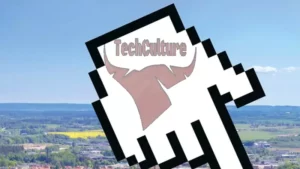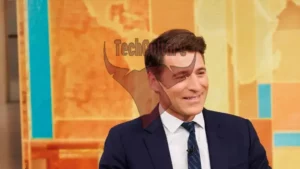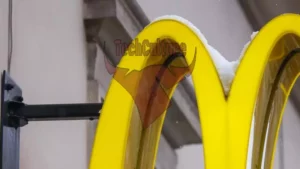In recent months, the art world has been taken aback by a new trend: A.I.-generated versions of classic paintings are appearing at the top of Google’s search results. These knockoffs are based on works from renowned artists, such as Vermeer and Edward Hopper and have been created using sophisticated algorithms that can replicate their style with remarkable accuracy.
The implications for copyright law in this situation are unclear; while it is difficult to argue that these digital copies infringe upon any existing copyrights due to their algorithmic nature, they could still be seen as derivative works, which would require permission from the original artist or estate before being published online.
However, many experts believe that this technology could revolutionize how we experience art in our daily lives; instead of having to visit a museum or gallery every time we want to see an iconic painting like “Girl With A Pearl Earring” or “Nighthawks,” people will soon be able to access them through simple web searches without ever leaving home. This democratization of artwork may also lead to increased interest in lesser-known pieces, which were previously inaccessible due to limited availability or high-cost barriers associated with physical prints and originals.
Overall, it appears likely that AI-generated replicas will continue flooding Google’s top search results for some time – whether legally permissible remains up for debate but regardless they offer exciting possibilities for how we interact with great works of art regularly!
Read more at Artnet News



